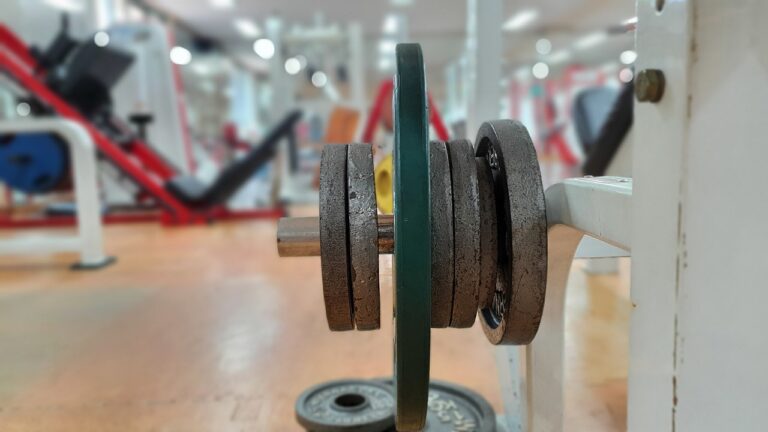Augmented Reality in Surgical Training and Simulation
Augmented Reality (AR) is an innovative technology that has been making waves in various industries, including healthcare. In the field of surgical training and simulation, AR offers a myriad of benefits that can revolutionize the way aspiring surgeons learn and practice their craft. This article will explore the applications of AR in surgical training and simulation, highlighting its advantages, challenges, and future prospects.
AR in Surgical Training
One of the key advantages of using AR in surgical training is its ability to provide learners with a realistic and immersive learning experience. By overlaying digital information onto the real-world environment, AR enables trainee surgeons to visualize complex anatomical structures and surgical procedures in a more interactive and engaging manner.
Benefits of AR in Surgical Training
There are several benefits of incorporating AR into surgical training programs, including:
- Improved spatial awareness
- Enhanced visualization of complex anatomical structures
- Real-time feedback and guidance
- Hands-on practice in a safe and controlled environment
Challenges of Implementing AR in Surgical Training
While AR holds great promise for enhancing surgical training, there are some challenges that need to be addressed, such as:
- High cost of AR technology
- Technical issues and limitations
- Integration with existing training programs
- Training and support for faculty and staff
AR in Surgical Simulation
AR is also being used in surgical simulation to provide practicing surgeons with a platform to refine their skills and stay up-to-date with the latest techniques and technologies. Surgical simulation using AR can replicate real surgical scenarios, allowing surgeons to practice different procedures and techniques in a risk-free environment.
Future Prospects of AR in Surgical Training and Simulation
The future of AR in surgical training and simulation looks promising, with ongoing research and development efforts to further enhance the capabilities of this technology. As AR becomes more accessible and affordable, we can expect to see greater integration of AR in surgical training programs, leading to more competent and confident surgeons.
Conclusion
Augmented Reality has the potential to transform the way surgeons are trained and how they practice their craft. By providing a more immersive and interactive learning experience, AR can help aspiring surgeons improve their skills and knowledge in a safe and controlled environment. While there are challenges to overcome, the benefits of AR in surgical training and simulation make it a technology worth investing in.
FAQs
What is Augmented Reality?
Augmented Reality (AR) is a technology that superimposes digital information onto the real world, creating a composite view that enhances the user’s perception of reality.
How does AR benefit surgical training?
AR in surgical training provides learners with a more realistic and immersive learning experience, enabling them to visualize complex anatomical structures and surgical procedures in a more interactive and engaging manner.
What are the challenges of implementing AR in surgical training?
Challenges of implementing AR in surgical training include the high cost of AR technology, technical issues, integration with existing programs, and training and support for faculty and staff.
What are the future prospects of AR in surgical training and simulation?
The future of AR in surgical training and simulation looks promising, with ongoing research and development efforts to enhance the capabilities of this technology. As AR becomes more accessible and affordable, we can expect to see greater integration in training programs.







